Human-Robot Collaboration (HRC): The future of industrial collaboration
Human-Robot Collaboration (HRC), enables humans and machines to work side by side to improve the efficiency, safety and flexibility of production processes.

Human-Robot Collaboration (HRC): The future of industrial collaboration
In recent years, the integration of robots and humans in industrial environments has brought about a revolutionary change in the way production processes are designed. This approach, known as human-robot collaboration (HRC), allows humans and machines to work side by side to improve the efficiency, safety and flexibility of production processes. In this post, we will explore the increasing importance of HRC and how it is transforming the industrial landscape.
1. Increasing efficiency through joint work:
One of the most significant impacts of HRC is increasing efficiency in industrial production environments. By working closely together, robots and humans can make the most of their respective strengths. While robots have tremendous power and precision, humans have an unbeatable ability to adapt and make decisions. By combining these capabilities, production processes can be accelerated and greater plant utilization can be achieved.
Through close collaboration between humans and machines, production processes can be rationalized and optimized. For example, robots can perform repetitive and physically demanding tasks, while human workers can focus on complex tasks that require creativity and judgment. This division of labor allows companies to use their resources more efficiently and increase production capacity.
2. Improving workplace safety:
Another key benefit of HRC is improving workplace safety. Traditionally, industrial robots have been enclosed in separate areas or cages to minimize potential risks to human workers. With the introduction of safe and interactive robots capable of detecting and avoiding collisions, people and machines can now work side by side without compromising safety. This not only reduces the risk of injury to employees, but also helps reduce the psychological stress often associated with working around industrial robots.
The integration of safety features such as touch-sensitive sensors and advanced vision systems enables robots to accurately perceive their surroundings and react to unforeseen events. This increases safety for human workers and minimizes the risk of workplace accidents.
3. Flexibilität und Anpassungsfähigkeit in der Produktion:
HRC enables a new level of flexibility and adaptability in production. Through human-machine collaboration, production lines can be quickly reconfigured to respond to changes in product demand or production requirements. This allows companies to be more agile and quickly adapt to changing market conditions without compromising efficiency or quality.
HRC’s flexibility allows companies to adapt to volatile markets and changing customer needs. By allowing humans and machines to work seamlessly together, companies can quickly introduce new products, adjust production capacities and respond to market changes. This allows them to remain competitive and offer their customers high-quality products and services.
4. Promoting Innovation and Creativity:
Human-machine collaboration also promotes innovation and creativity in the industrial environment. Through direct contact with robots, employees can develop new working methods and techniques and find innovative solutions to complex challenges. This leads to a continuous improvement process that enables companies to strengthen their competitiveness and open up new market niches.
Integrating robots into the work environment also promotes collaboration and knowledge sharing between human workers and technical experts. Collaboration allows employees to share their expertise and learn from each other, leading to new ideas and innovative solutions. This allows companies to introduce new technologies, improve processes and increase their competitiveness.
Overall, the increasing integration of robots and humans in industrial environments demonstrates the transformative power of HRC. By working together, humans and machines can improve the efficiency, safety and flexibility of production processes in ways that were previously unimaginable. This development promises an exciting future for industrial automation, where humans and machines work side by side to explore new horizons.




